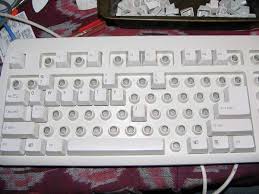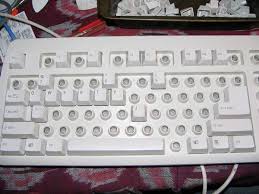Qwertnomics – The economics of QWERTY keyboards
Adam Smith has talked about the invisible hand of markets. Many other economists too feel that everything when left to markets will lead to the efficient outcome. Although markets being imperfect fail and one such failure is the use of QWERTY keyboards.
We all have been using our QWERTY keyboards pretty well and most of us feel no problem in it. But the use of QWERTY is seen as one of the biggest example of market failures.
Unlike today years ago not everyone had computers.. or better to say typewriters. The companies using typewriters needed typists. There existed institutes to train typists for a particular keyboard and then they were hired.
The QWERTY design that was patented by Christopher Sholes in 1868 was designed in a way to do away with the mechanical problems of early typewriters. Qwerty had smartly put the keys that are most likely to be hit together on opposite sides so that type bars don’t get jammed. The problem was solved but this made the keyboard slow but was adopted and typists were trained.
A different layout presented by August Dvorak in 1936 proved to be much faster. It has been 79 years since it was invented but we still use QWERTY despite better options being available. This is seen as the failure of market to adopt a better and efficient layout. The main reason is seen that no one took the first move. Typists won’t move first as it would be pointless until keyboard manufacturers made a move leading to a coordination failure.
A superior platform, DVORAK was not adopted due to this failure.
Click here for government certification in Information Technology





12 Comments. Leave new
I never heard about it..Very unique and content is good!
Qwerty in now days is mostly used, if I’m not wrong. It has been incorporated not only in computers and laptops but also in mobiles. It would be really nice if you could explain this.
Very well written but yes u can add some more points to explain it more.
Unique article
great article
Unique article..
Thats something new to know 😀
heheh you feeded me with much different as well as good info 😀
How can someone expect economics that in querty 😛 lol hehe 😀
Very well wriiten 😀
Good work 😀
Mr. Qwert Yuiop wouldnt have imagined it evolving his style of keyboard evolving like this
good one…
well compsoed. Loved it
An unusual topic but nevertheless quiet an interesting one. A must read!
Great efforts